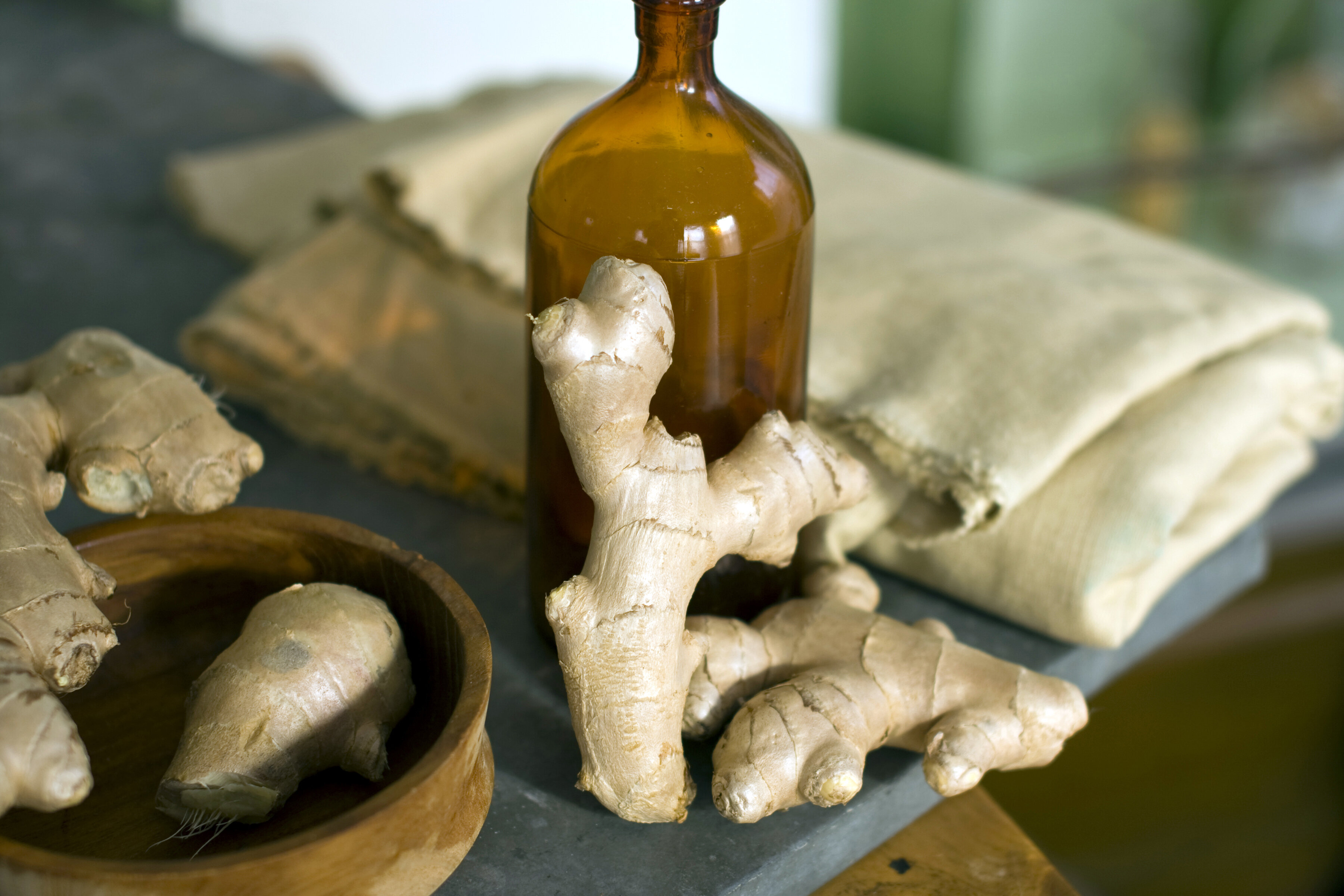
Women under 45 are experiencing alcohol-related liver disease (ARLD) at higher rates than ever in the UK.
ONS data from 2018 says that liver-related conditions are among the top three causes of death for women aged 39-45; younger women’s consumption is falling faster, however.
Speaking to the BBC, Dr Fiona Measham, a drink and drug culture professor from the University of Liverpool, said “Women’s drinking pretty much doubled in a really short period of time… about 10 years.”
The NHS says that ARLD has gotten more common among all genders in recent years.
They also point out that most signs of ARLD don’t show up until the condition has progressed to quite a serious stage.
Still, they have some information on early signs ― as well as how to tell if you may be drinking too often, or in a problematic way.
What are the early signs of alcohol-related liver disease?
It’s uncommon to notice early symptoms of the condition because it usually has none.
In fact the NHS shared that ARLD is usually only diagnosed when doctors are checking for something else, or when it’s reached an advanced stage.
There are three stages of ARLD; fatty liver disease (which is reversible), alcoholic hepatitis (which is usually reversible), and cirrhosis of the liver (which is not often reversible, but can be halted by stopping alcohol consumption).
Again, ARLD usually only has symptoms when it’s more advanced. These include:
- feeling sick
- weight loss
- loss of appetite
- yellowing of the whites of the eyes or skin (jaundice)
- swelling in the ankles and tummy
- confusion or drowsiness
- vomiting blood or passing blood in your stools.
Still, you don’t really want ARLD to get to this stage. If you drink a lot, the NHS says you should ask your GP to check your liver proactively.
That can catch any issues before they develop.
How can I tell if I’m drinking too much?
The NHS stresses that sticking to, or under, alcohol intake guidelines can really help.
These are:
- men and women are advised not to regularly drink more than 14 units a week
- spread your drinking over 3 days or more if you drink as much as 14 units a week
- if you want to cut down, try to have several drink-free days each week.
“Even if you have been a heavy drinker for many years, reducing or stopping your alcohol intake will have important short-term and long-term benefits for your liver and overall health,” they add.
Drinkaware offers a test to see whether your relationship to alcohol may be unhealthy.
If you’re worried about it, seek help ― you don’t have to manage any concerns alone.
Help and support:
- Drinkline ― call 0300 123 1110 (weekdays 9 am to 8 pm, weekends 11 am to 4 pm).
- Alcoholics Anonymous (AA) ― available online and in-person
- Al-Anon Family Groupsoffer support and understanding to the families and friends of problem drinkers. Alateen is part of Al-Anon and can be attended by 12 to 17-year-olds who are affected by another person’s drinking.
- We Are With You is a UK-wide treatment agency that helps individuals, families and communities manage the effects of drug and alcohol misuse.
- Adfamis a national charity working with families affected by drugs and alcohol. Adfam operates an online message board and local support groups.
- TheNational Association for Children of Alcoholics (Nacoa) provides a free, confidential telephone and email helpline for children of alcohol-dependent parents and others concerned about their welfare. Call 0800 358 3456 for the Nacoa helpline.
- SMART Recoverygroups help people decide whether they have a problem, build up their motivation to change, and offer a set of proven tools and techniques to support recovery.


